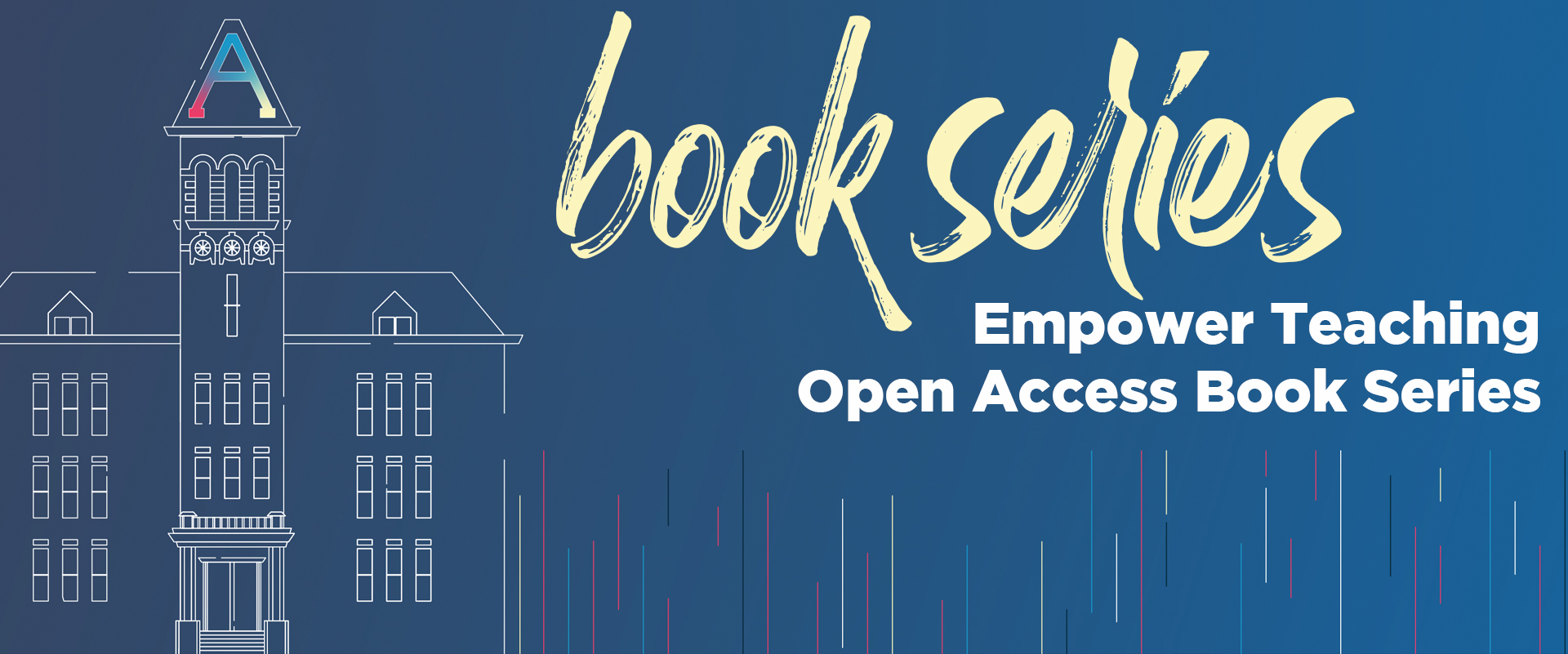Document Type
Chapter
Journal/Book Title/Conference
Making Connections: A Handbook for Effective Formal Mentoring Programs in Academia
Editor
David Law & Nora Domínguez
Publisher
Utah State University
Publication Date
5-15-2023
First Page
377
Last Page
386
Creative Commons License

This work is licensed under a Creative Commons Attribution-Noncommercial-No Derivative Works 4.0 License.
Abstract
Time for mentoring aspiring school leaders moving from their roles as veteran teachers, instructional coaches, or deans of students to their new role as K–12 principal certification interns is in short supply in today’s complex schools. Over the past 7 years, 76 interns have participated in co-mentoring circles. Co-mentoring circles offer educators a safe, supportive community in which to learn with others who are uniquely situated to understand the challenges present in today’s K–12 schools. Co-mentoring circles can provide a ready group of co-mentors one can call on without waiting for a specific mentor to be available. These circles are usually comprised of fewer than 12 participants. The focus is to create trusting and supportive developmental relationships among co-mentoring circle members. The initial processes in the circle’s formation and development are highlighted in this chapter: using group agreements; holding confidentiality; developing trust; self-assessment of one’s communication styles and skills; giving and receiving feedback; reflection and reflective practice; activities called “hopes and concerns,” “professional timeline,” and “the self-portrait;” and assessment of the circle’s work. Once group agreements, confidentiality, and effective communication are established, trust can begin to grow among the members. Co-mentoring circle participants are overwhelmingly positive in their assessment of the mentorship provided in co-mentoring circles.
Recommended Citation
Cowin, Kathleen M., "Chapter 20- Facilitating Leadership Learning Using Co-Mentoring Circles" (2023). Making Connections. Paper 22.
https://digitalcommons.usu.edu/makingconnections/22


